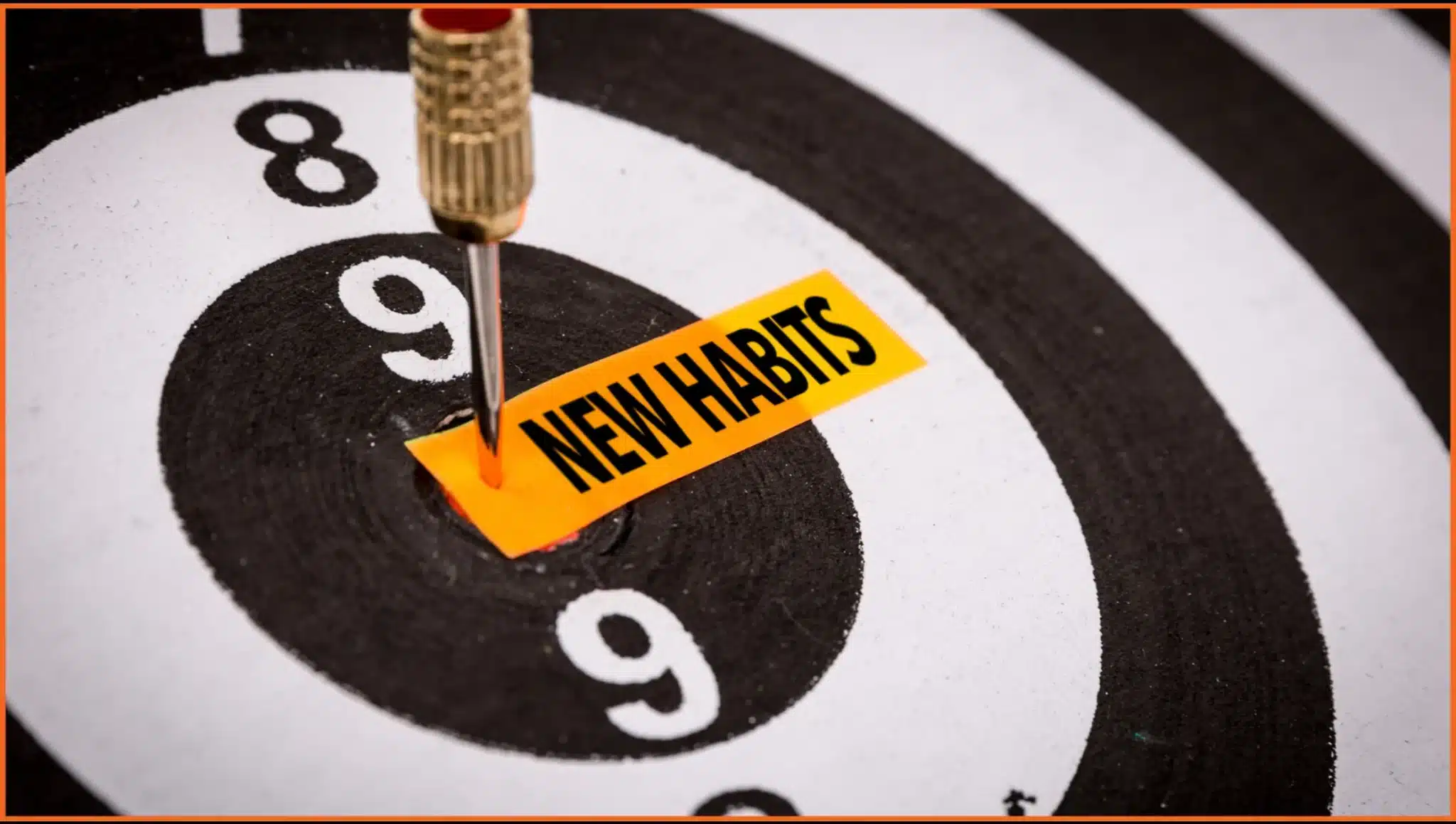Do you enjoy watching superhero films? In the recent past, The Dark Knight (2008) was reviewed as a cinematic genius (The Guardian and The New York Times). It left us in awe of the late actor Heath Ledger who played the Joker opposite Christian Bale’s Batman.
For this role, Ledger apparently locked himself in a London hotel for six weeks. He studied ventriloquist dummies to modify his voice and laugh— it was important to find a terrifyingly iconic voice and laugh for the Joker. In one of the scenes, he urged Christian Bale to physically assault him for real in order to make it more authentic. He hurled himself into the walls to experience the real pain as the Joker!
The rest as we know is history, with Heath Ledger posthumously awarded the Oscar for his performance as The Joker.
But why are we sharing this with you?
Method actors completely “become” another person and live that life until the film or play comes to an end. All the observations and decisions they make, are of the character whose life they’ve immersed themselves in.
Empathy is a conscious effort to keep aside preconceived notions and uncover the real needs and feelings of the users. Immersive Empathy takes it a step further by enabling the researcher to understand the user’s experience through a ‘first hand’ approach. It enables one to live in another’s shoes and perhaps walk in them for a mile! Immersive empathy allows us to experience what we would not understand by just listening and recording needs and insights.
How does Immersive Empathy enable Design Thinkers to gather insights?
Table of Contents
Practicing immersive empathy enables Design Thinkers to enhance their ‘awareness’ of the users’ experiences. This is how:
– It enables Design Thinkers to sharpen their insights by becoming more attuned to their feelings
– Overcome blind spots as a Design Thinker, which would not be possible through just research, surveys, or interviews
– It provides a holistic view of the users’ experiences – physical, cognitive, emotional, and social.
How can you learn to practise Immersive Empathy? Take a look at this exercise that we tried with fellow learners on our course.
‘No Big Deal’
In our course on ‘Foundations of Design Thinking’, we asked learners to identify a task that someone else did and which according to them, seemed like a ‘No Big Deal’!
Here’s what they had to do:
– Observe the task or understand how it’s done
– Do it by themselves
– Share their experience with fellow learners in the group and also highlight their insights from the experience
Learners were encouraged to pick up from a wide range of activities, from trying out different household activities, drawing up a huge excel sheet or PowerPoint for the team, or simply being a caregiver.
Here are a few of the experiences** that our learners shared:
– Tamara took on the role of her gardener Shyamal and found that it was very challenging. Especially the weeding, tending, and watering of the plants was far tougher than it looked. It required skill, patience, and a keen eye for detail.
– Jerry’s father is partially deaf, he chose to use earplugs for a few days to understand the problems associated with hearing impairment. The experience left him feeling rather helpless, disconnected, and depressed as it restricted his ability to listen and communicate.
– One of the participants took up the task of leading a senior leadership team meeting. He had a hard time coordinating, moderating, managing the time, avoiding digressions, and keeping the conversation focused.
– Maya’s grandmother waters the plants every morning. Maya decided to run this simple errand for a few days. Filling buckets of water and carrying it across the room. In the bargain, she spilled water everywhere which added to her woes. She also realized that not all her plants were receiving a fair share of water and sunshine.
– When Raul decided to take on his mother’s household responsibilities for a few days he realized it was highly demanding. From waking up at the stroke of dawn to tending to everyone’s needs be it tea, or choice-able breakfast. Everything had to be done seamlessly and on time. He understood the importance of efficiency and punctuality for any task. Time management was a deep insight for him.
Hope these experiences inspire you to practise immersive empathy.
** Names and situations have been altered for purposes of confidentiality.
Immersive empathy has been leveraged by Design Thinkers across industries, organizations, and practices. Here’s a powerful example to show you how:
The city of Montevideo in Uruguay, took it upon itself to design a universally accessible park. It prompted design thinkers to use immersive empathy to see how prospective visitors may experience the park. They blindfolded themselves and realized how difficult it was to manoeuvre the place for fear of falling or tripping over and the lack of help from people around. The feeling of helplessness gave the designers a chance to experience the emotional aspects of users’ challenges.
These experiences led to the design of the Friendship Park that comprised features to enhance one’s tactile (touch), audible, and aromatic experiences. The Park was divided into six sectors including children’s games, amphitheatre, and recreational areas. This 3,500 square meter theme park has no barriers.
For visitors with vision impairment, the park has horizontal and vertical textured surfaces promoting tactile experiences. Likewise, for audible experiences, a waterfall generates a particular sound creating an acoustical map. Flowers and plants added to the overall aromatic sensory feel. In this way, a visitor experiences the space in all forms and ideas. In fact, the material used for the park has been carefully prepared by applying reinforced concrete, metal, and rubber in specific areas to enable safe movement.
I’m sure these examples (‘No Big Deal’ and the ‘Friendship Park’ at Montevideo) on Immersive empathy alongside the many others discussed have helped you appreciate its importance and relevance in Design Thinking.
How about taking a step towards practicing immersive empathy? Take a go at our ‘No Big Deal’ Exercise:
About time you tried your hand at a ‘No Big Deal’ exercise.
- Choose a task that seems like a ‘no big deal.’ Could be anything at home or at work.
- Observe the task or understand how it’s done
- Do it by yourself. Ideally, try it out for two/three days at a stretch in order to gather insights.
- Share your experience with your friends/ colleagues.
Cheers! All the best!










